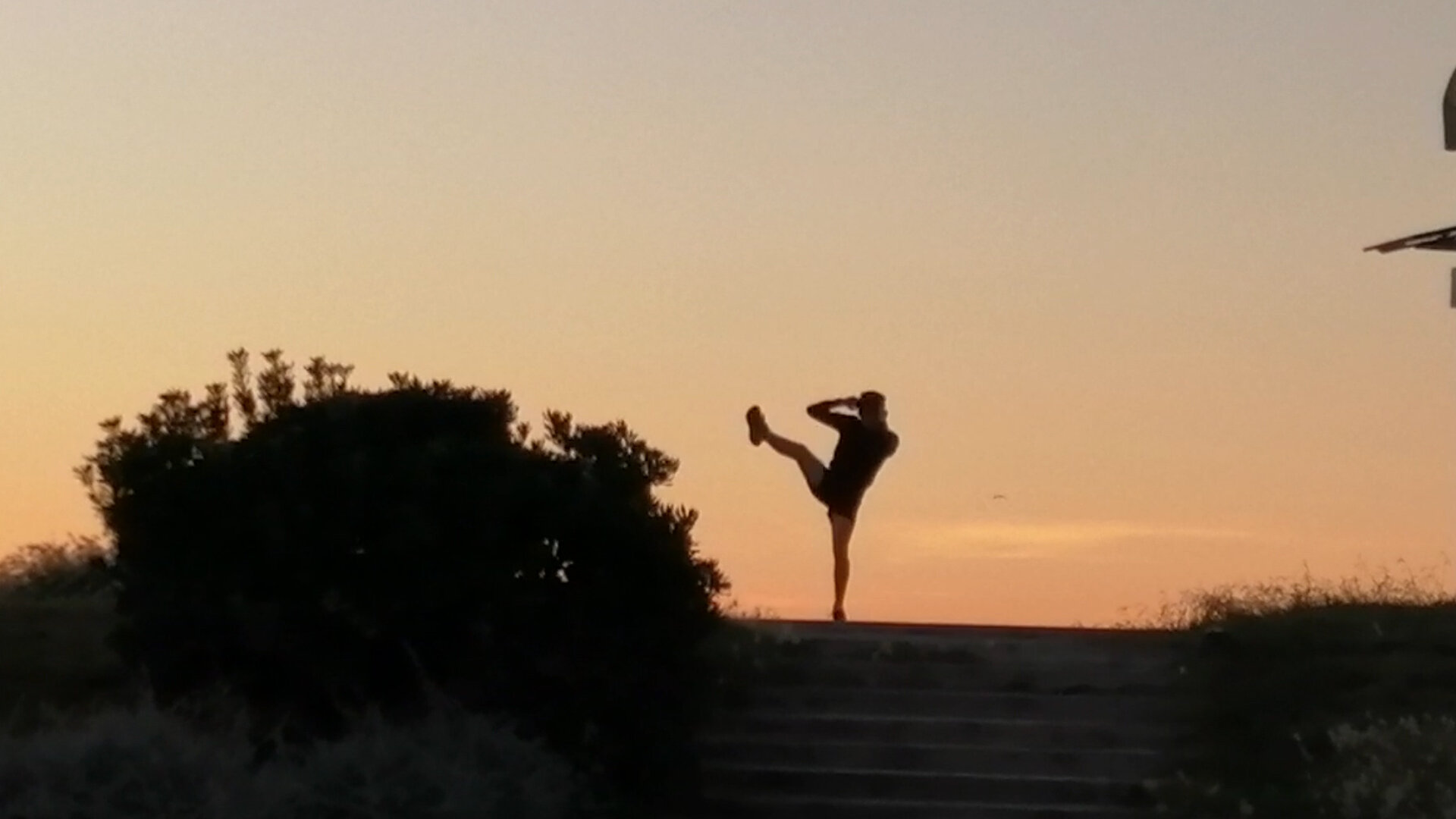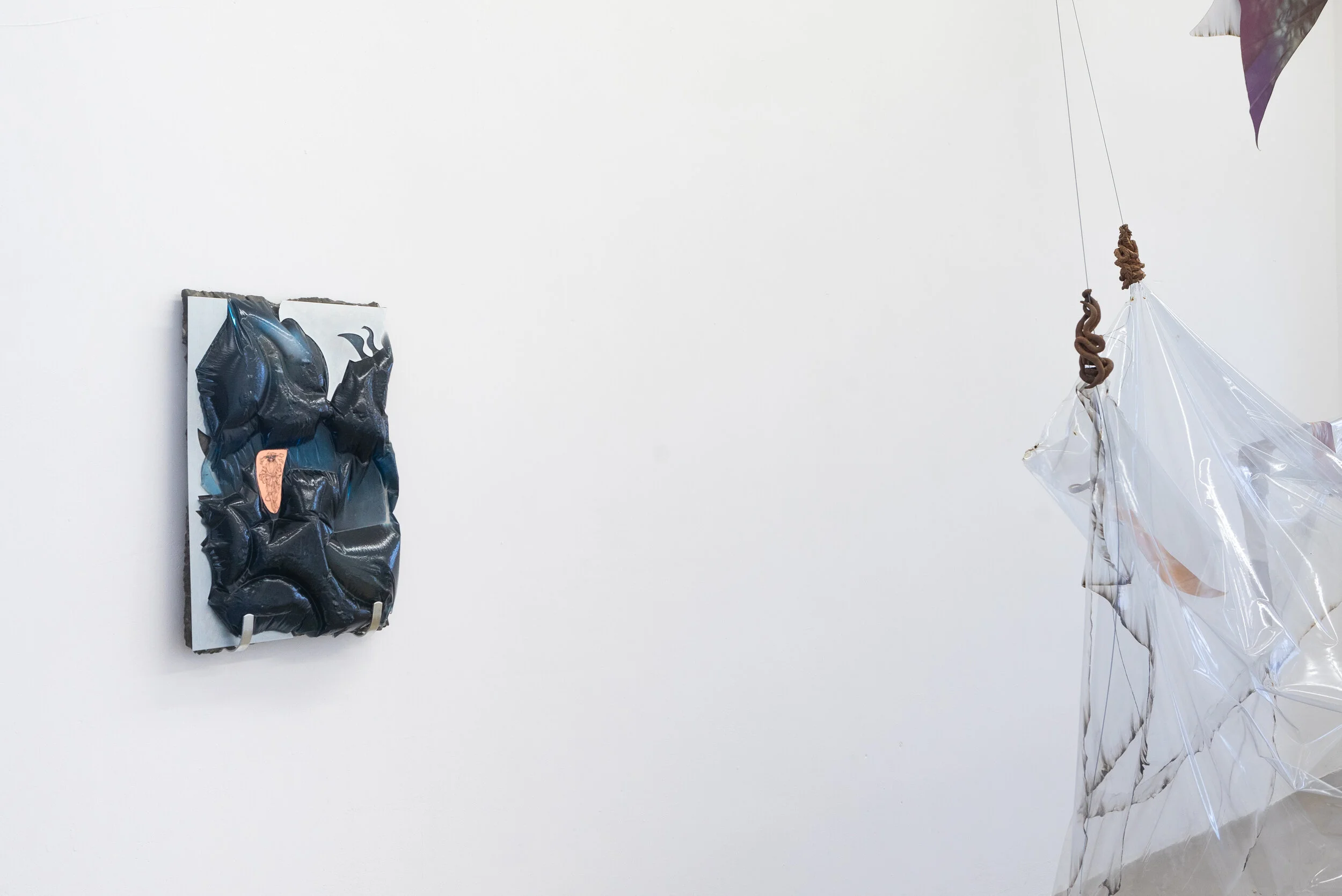DILUVIAL VALLEYS
Solo show at Swallow, Vilnius
2021
Curator and author of the exhibition text: Vaida Stepanovaite
Click on the image or press <— / —>
Our world is set up on collectively established and believed fictions. Following the findings in the depths of the earth, we claim all-sweeping and all-breeding floods. We send industrial ships along time-measuring meridian lines pinned to the globe by those who have long written their history for both themselves and others. We navigate our cars each day by directing them towards the fictional middle ground, which exists due to an agreement installed once and now futile to resist.
That is how the exhibition creates an arbitrary fiction, a map flagged with temporary objects. These objects are today’s artifacts, freezing the flows of information, reminiscing personal and collective stories, joys, and pains. Created by recycling materials and items wrested from their function; awnings parading past advertisements now turned into arches and scraps. Temporary tattoos, found in stalls hidden in the residential districts that now adorn the metal panels. It will not—at least not for a while—descend into the waste pits and the bottoms of the waters; will not break down into particles and enter the water we drink and wash our bodies with every day?
The exhibition follows floods arriving with a sudden force, which is forming visible and invisible surfaces. This force is followed by rituals and rites of passage, which maintain the expectation of magic in the process of secularization and are used in the establishment of civil society; hiding beneath an unconscious routine and covered in non-threatening veils. These processes are not unlike fictions or reflections of the collective imagination; they’re visible in everyday objects, transformed by the exhibition into images filled with the pleasure of decoration and reminiscent of relics. Those who come into the exhibition space are greeted by karavai—a bread of welcome and reception made from rye flour and saline. Concrete objects, which appear as if cut out of everyday life, have acquired their size with the help of water with special powers. Flows carry substances, bring happiness and anger, condition being, suddenly and slowly. Together with human strength, they affect immobile materials and provide them with a readable form.
We enter the exhibition, too, through the jaws of a monster. Residents of closed neighbourhoods, hiding in the bellies of their own monsters from others alien to them, cross similar entrances every day. Marvellous names of closed settlements—Valleys, Hills, Pinewoods, etc.—hide fences and private beaches, fortress guards and advertisements with young happy families, promises of a safe future, and fulfilment of desires. An opportunity to escape from the hustle and bustle created by themselves, discover the identical ones, build thresholds, and encode from the flowing and cleansing water streams.
Photos: Laurynas Skeisgiela





















